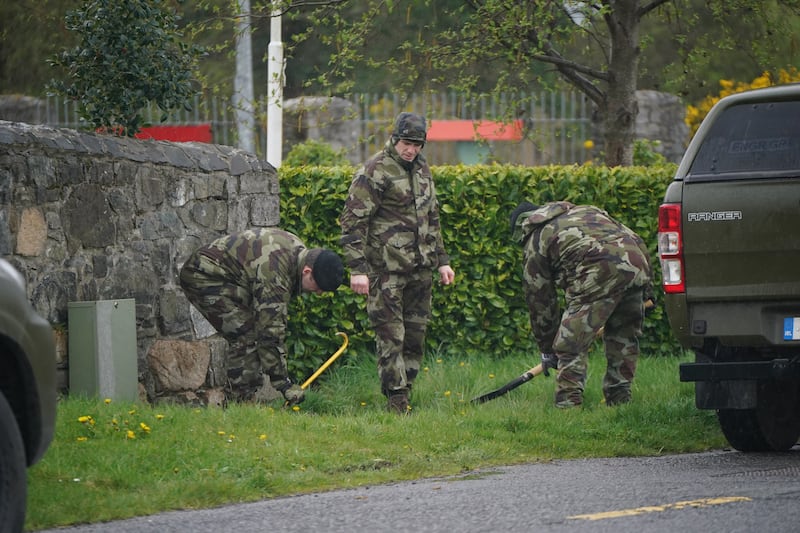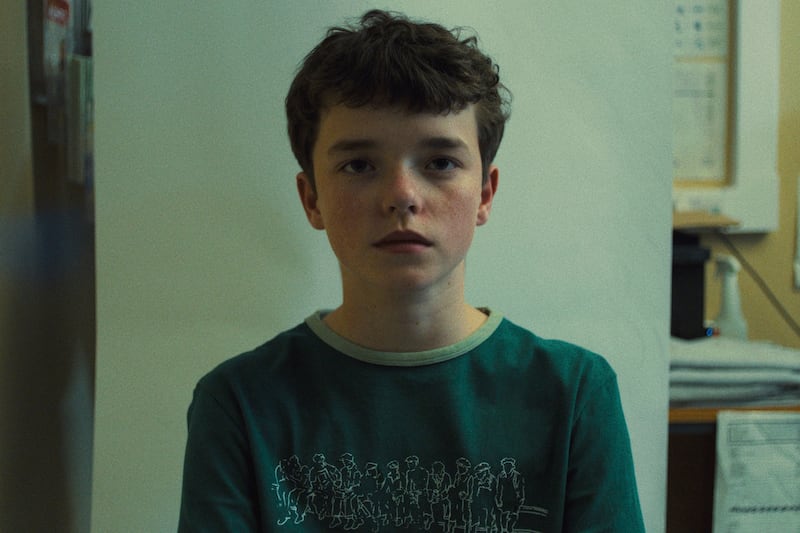The Defence Forces is to undergo a dramatic wardrobe change, replacing its current uniforms with new US military-style combat clothing.
The current camouflage uniforms, which are unique to the Defence Forces and are sometimes lightheartedly referred to as “Paddyflage” by other militaries, will be phased out over the coming years.
They will be replaced with advanced “multi-cam” uniforms which were first deployed by the US armed forces and are now in common use among militaries around the world.
The new Defence Forces uniforms will be similar to those used by the US but adapted specifically for Irish purposes. The organisation is in the process of designing a specific camouflage pattern known as the Irish Transitional Multi-Cam Pattern, which will be applied to the uniforms. The pattern is being designed for the Defence Forces by US company Crye Precision.
Half a million euro for a ‘moderate’ retirement? The lump sums you need to save
Fintan O’Toole: The underlying problem of boyhood is manhood
‘That could be catastrophic’: North American market a concern for Irish tourism
Dr John Travers: ‘You don’t know what’s going to walk in the door every 15 minutes’
Multi-cam patterns, which were first used by the US military in the early 2000s, claim to offer better concealment capabilities than traditional camouflage patterns.

The move away from the old Irish uniforms has already begun. Members of the Army Ranger Wing, the Defence Forces’ special operations unit, began wearing multi-cam patterns last year.
However, these are likely to be different from the uniforms which will ultimately be issued to regular Defence Forces personnel.
A Defence Forces spokesman confirmed the move and said the procurement process for what it terms the “DF Combat Clothing System” (DFCCS) was at a very early stage.
It is still looking for a potential supplier and expects to sign a contract within the next six months.
The spokesman said the cost of the DFCCS was not yet known. Sources say it is likely to cost upwards of several million euro over the five-year period of the contract.
The new uniform will be “an integrated system of different layers that any soldier can tailor to his/her individual requirements when operating in the field or on operations”, a Defence Forces tendering document states.
The new uniforms will be designed for a wide range of environments, from standard Irish weather to “extreme hot dry” climates and marine environments.
[ Overseas missions key to driving Defence Forces recruitment, says chief of staffOpens in new window ]
The current standard Irish military uniform, which was introduced in 2000, uses a Disruptive Pattern Material (DPM) which is copyrighted by the Defence Forces.
Possession or sale of the uniform by civilians is illegal. However, copies of the uniform have become popular among collectors and military enthusiasts in the United States.
The uniform is generally popular among Irish troops for its distinctive pattern. However, some have criticised it for its lack of modularity and occasionally poor durability.
“It’s improved in recent years. It’s comfortable to wear around barracks or if you’re out in the field. But it’s probably time to move on,” said a military source.











